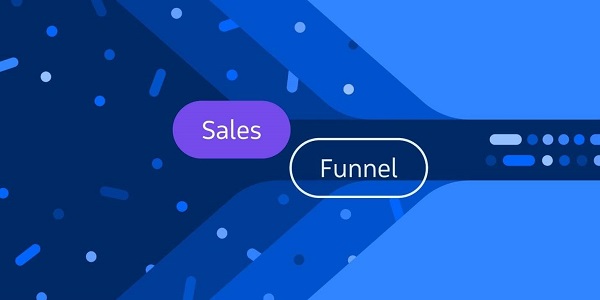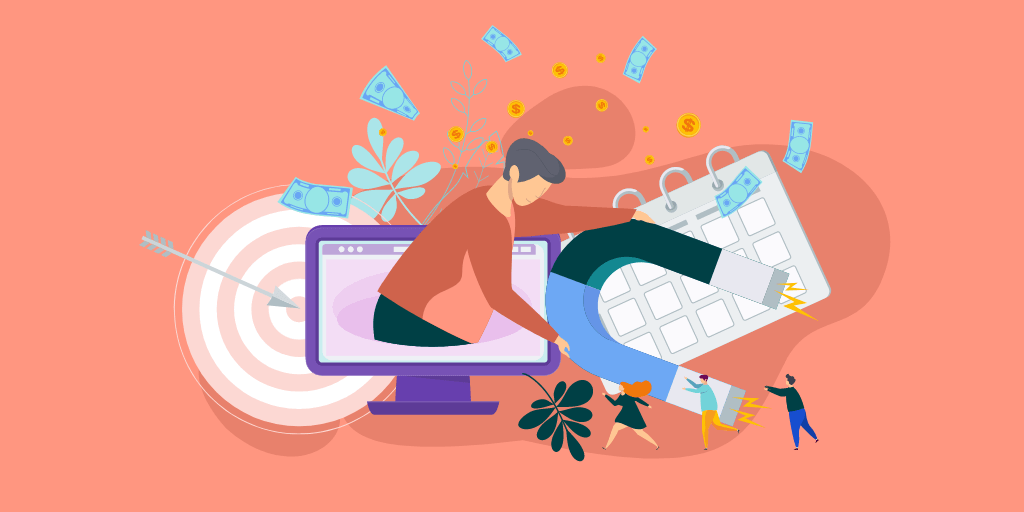Gaining customers is an art, there’s no doubt about that.
From the organic to the inorganic, there are plenty of ways to capture new customers.
But wait, should gaining more customers be your end goal?
No. Don’t get me wrong, gaining more customers is important but making your existing customers repeat purchases is also just as important.
It’s all about customer lifetime value.
In a fiercely competitive eCommerce environment where clicks and conversions rates are becoming harder and harder to get by, retaining your existing customer base is important.
Now similar to customer acquisition strategies, there are plenty of strategies for customer retention.
In this post, we’ll be discussing nine of the best customer retention strategies you can apply for your business.
So, let’s get started.
Business Relationship Building

Businesses are built on trust.
If you don’t build trust with customers, you’re bound to fail eventually.
Building legitimacy is a long-term process, and one tiny mistake can break your entire reputation down to smithereens.
To stop customers from exiting your store, and giving negative feedback, you must go out of your way for the customer.
Commitment is an important aspect of building effective business relationships.
Ideally, your business should be more customer-facing than simply a business entity.
The more human you make your brand, the more your customers can relate to it. As such, you get more retention for your business.
Automation for Retention

It’s 2021 and businesses are automating their processes at breakneck speeds.
But even in the automated business landscape, there are those who prefer to engage customers individually. You can do that too, but it can only get you so far.
To get ahead of the game, you need to invest in Business Process Automation (BPA). More specifically, you need to automate your sales and marketing processes.
The primary goal of BPA is to automate processes so that businesses can focus on the more important tasks at hand.
From product discovery, to ensuring a smooth checkout, automation ensures that all the activities are organized and fast paced.
This can work especially well in sales since there are plenty of businesses who have implemented CRM software to automate customer engagement, allowing customers to use multiple channels (email, chat, and even SMS) to gain customers.
Optimize and Capitalize on Customer Feedback

No one likes to fill out long forms, it’s super boring.
However, if you’re a brand who has a dedicated audience base, then having access to survey information can prove extremely vital in mapping out customer sentiments.
When you have an idea of what customers like or dislike about your store, you can create a stronger bond with them.
With that data, you can develop better, and more engaging content that helps you retain customers.
Now, a lot of business owners are not that inclined towards hearing complaints.
But here’s the thing: if you’re looking to grow your brand, then you need to be proactive in not only listening to complaints, but also solving them.
Customer complaints are an effective way to get more input on your brand.
If you have a CRM software for your business, then you can create a survey using it.
The benefit of this is that this gives you a complete analysis of your survey without having to do it manually yourself.
Develop a Communications Calendar

Similar to how you would create a content calendar to organize your content strategy, you can also use a communication calendar to communicate your brand’s voice with the audience to keep them engaged.
You can create a weekly communication calendar that sends out special offers (discounts and coupons), handwritten notes, phone calls, and events.
If you’re looking to gain a recurrent customer base, then that calendar will be your best friend.
As already discussed, you can integrate your content calendar with the automation software to send out your PR communications without you setting aside a particular schedule.
There are plenty of communication calendars available online, but if you want something customized, then you can always use Google Sheets for your business.
Having an active communication channel is a good PR tool. It allows you to keep your customers informed of your processes and make them reach out to you.
When you post frequently, you build serious engagement for your brand. Over time, this leads to more customer loyalty for your brand.
Don’t Over Promise Things You Can’t Deliver

Trust is a two-way street. You cannot have one without the other.
For businesses looking to become a trustworthy brand, they must follow up on their promises and not make promises they can’t follow up on.
The ideal strategy you can use to make sure you’re giving more to your customers is to under promise.
Yes, it might seem counterintuitive to what I’m trying to say, but you can always under promise and then overdeliver.
When you deliver more than the unintended value, you’re exceeding expectations.
Most businesses don’t exceed expectations, and thus, are not considered as trustworthy as those who reach expectations and go beyond it.
Here’s why under promising and going beyond matters.
When you give out grand promises, customers are, of course, going to expect you to follow up on that.
When you don’t, it becomes a huge problem for your public relations team.
If you’re meeting expectations, then that’s the bare minimum. It will only guarantee an average customer retention.
When you under promise and go beyond your promises in general, you’re exceeding the expectations of your customers. As a result, you get more engagement and retention for your business.
Another negative effect of not delivering on not keeping your promises is that customers can get fierce.
Because of social media, the modern customer is now empowered. If they’re disappointed, they’re going to complain about your brand.
Because of this, you’ll lose more customers to your store.
Ideally, you should set goals with regards to your promises and be motivated to go beyond them.
Add Value to Your Sales Funnels

If you’ve been a marketer/business owner for a while now, then the word funnel would be a familiar term.
For an online business, funnels are essential tools in building engagement and improving conversion rates.
Generally, each part of the funnel is designed to engage the customer at a particular interest level.
The higher up (or deeper) the customer goes into the funnel, the more engaged he is.
At the very deepest level, the engaged customer is ready to purchase any offering that you might have.
When new customers land on a website, they’re essentially strangers. These are the visitors who will come in droves.
As they navigate across your site, searching products and services, they get more engaged.
As they get engaged, the rest who are not, as of yet, interested in your offerings bounce off your website.
Visitors in the last stage of the funnel will be fewer than what was at the top. However, they have the most potential of converting into customers
Now the modern customer wants a product as soon as possible. Because of this, they’re not willing to wait to purchase a product if it takes too long to checkout.
To improve the conversion rates of your website, you need to focus on making the user experience as short as possible.
Besides that, each phase of your funnel must be optimized to an extent that the user is willing to purchase from your store.
Educate Your Customers

When you offer educational value in your content to customers, you build serious legitimacy for your brand.
Now you can optimize your educational content for customers to a certain degree, but is that your only option?
Turns out, it’s not. As already discussed, you can use email marketing to educate your customers on your products and services.
Even if you’re not selling a product (running a blog, for example), you can use email marketing to keep in touch, and engage with customers at a deeper level.
With the right email marketing strategy, you can retain customers to your store in an effective manner.
By sending out educational emails, you’re building authority and trust for your brand.
If your customers are getting more value from you in comparison to your competitors, then it means they trust you and purchase from you in every manner possible.
Remember the point where we talked about the people at the top of the funnel bouncing off in big numbers? Well, if for some reason, you have their email address, you can reach out to them with your educational newsletter.
This strategy is quite effective since it makes users interested in your brand and what you are offering.
As such, even if they’re not purchasing your products, there is a chance that they might just know your product and ultimately purchase from your store.
Webinars as a Customer Engagement Tool

Whether you’re trying to generate leads for your business, or improving its customer retention, there is no better alternative than hosting a webinar.
You see, video content is already on the rise.
With 500 hours of videos being uploaded every minute on YouTube, you can see the preference towards the medium.
For a business, this can be a point of advantage to gain customers.
In fact, most businesses are now investing in webinar content to get more sales for their business. Kissmetrics, crazy egg, HubSpot, and the rest are highly focused on this aspect.
It’s relatively cheap too. If you have the knowledge of your industry, then you can always invest in this medium to gain more customers for your business processes.
The end benefit you can gain from conducting webinars is that you become a major thought leader in your industry. When you get that coveted title, you get more business through your business.
Think of it as becoming the Neil Patel of your industry.
Final Words
Customer retention is important. Instead of focusing on targeting new customers, you should derive the maximum value from your existing customers.
When you constantly add value to your offerings, you get more business from existing customers through referrals and word-of-mouth. If you play your cards right, new businesses will come to you!
So, go ahead and apply these strategies to your store. A/B test to see which is performing better than the other.
If you’re a WooCommerce B2B store owner and want to enhance your productivity, then B2BWoo is the best option for you. It’s a one-stop-shop for your every WooCommerce B2B eCommerce solutions.
Read Also
